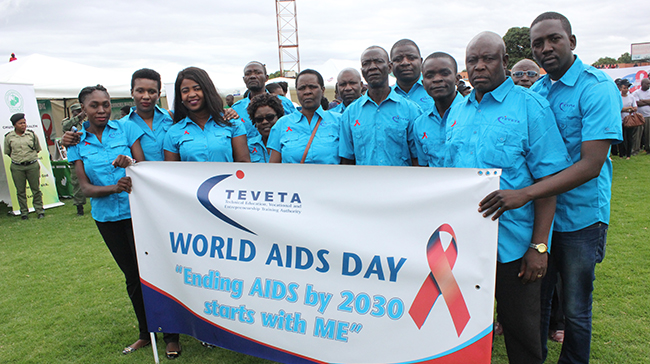
Why Take Action?
Taking action across sectors—such as health, education, or social protection—is critical to assuring conditions for health and wellbeing for all. Consistent with the action plan, this may involve advocating for or implementing programs and policies in different sectors relevant to addressing priority issues.
Key Questions to Consider
- What will success for collaborative action look like (e.g., sectors involved, conditions that will change, improved outcomes)?
- What promising practices (or evidence-based interventions) will be implemented—through which sectors and settings—to improve conditions and desired outcomes?
- What particular components and elements (e.g., policy change, modifying access and opportunities) will we use in our intervention?
- How do we need to adapt the intervention so that its fits our situation?
- What available resources and assets will support implementation?
- How will we deliver the intervention so that it achieves results and reaches those who most need to benefit?
- Do we have the conditions necessary for success of the action/intervention (e.g., time, money, people, leadership, technical assistance)?
Some Recommended Actions
- __ Identify what “success” for the intersectoral action or intervention would look like. Include:
- Description of what success would look like. How will conditions for the community or group—including those most affected—be different if the intervention is successful?
- Specific objectives the intervention will achieve. What (conditions, behaviors, outcomes) will change, by how much, and by when? What inequities between groups (and places) will be reduced?
- __ Identify and assess promising practices (evidence-based and practice-based interventions) that could help address the problem or goal.
- __ Specify the core components and elements of the intervention based on the analysis, identified promising practices, and participating partners from different sectors. Be specific about elements to be included for each of these five components.
- Providing information and enhancing skills (e.g., public announcements, skill training—through health and education sectors)
- Modifying access, barriers and opportunities (e.g., improved access to health services—through health and transport sectors, non-governmental organizations)
- Enhancing services and supports (e.g., peer support groups—through cultural/faith communities)
- Changing the consequences (e.g., increasing incentives for desired behavior—through health and social protection sectors)
- Modifying policies and broader systems (e.g., business and public policies—through finance and governmental sectors)
- __ Identify resources and assets in particular sectors (e.g., health, education, finance) to be used in the activities or intervention (e.g., people, financial resources, knowledge and skills, technologies).
- __ Indicate how you will deliver the intervention so that it achieves results and reaches those who most need to benefit (e.g., involve trusted networks and non-governmental organizations in delivery).
- __ Indicate how you will adapt the intervention (promising practice) to fit the needs and context of your community (e.g., differences in resources, values, interests, experiences, competence, language, power).
- __ Develop an action plan by which partners in multiple sectors will carry out the intervention. Include:
- The core components and specific elements to be implemented
- Who—from what different sectors—will do what, by when
- Resources and supports needed and those already available in participating sectors
- Anticipated barriers and/or resistance and planned counteraction
- Communication and organizations that need to be informed
Examples of Taking Action
- Implementing the COVID-19 Response in Kenya
- Successful Sodium Regulation in South Africa
- Using Microfinance to Promote Intersectoral Action for Health in Ghana
- Implementing Awareness Raising for Suicide Prevention in Namibia
Resources for Taking Action
Tools from the Community Tool Box
Toolkit: Developing an Intervention
Toolkit: Advocating for Change
Toolkit: Influencing Policy Development
Tools from WHO and Other Sources
A conceptual framework for action on the social determinants of health
Comprehensive implementation plan on maternal, infant and young child nutrition
Mental health action plan 2013 – 2020
WHO Humanitarian response plans 2015
A conceptual framework for action on the social determinants of health